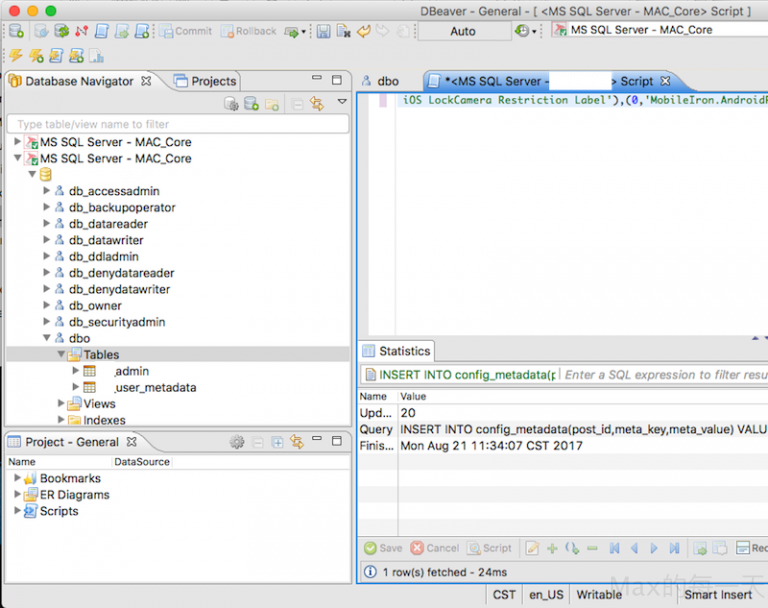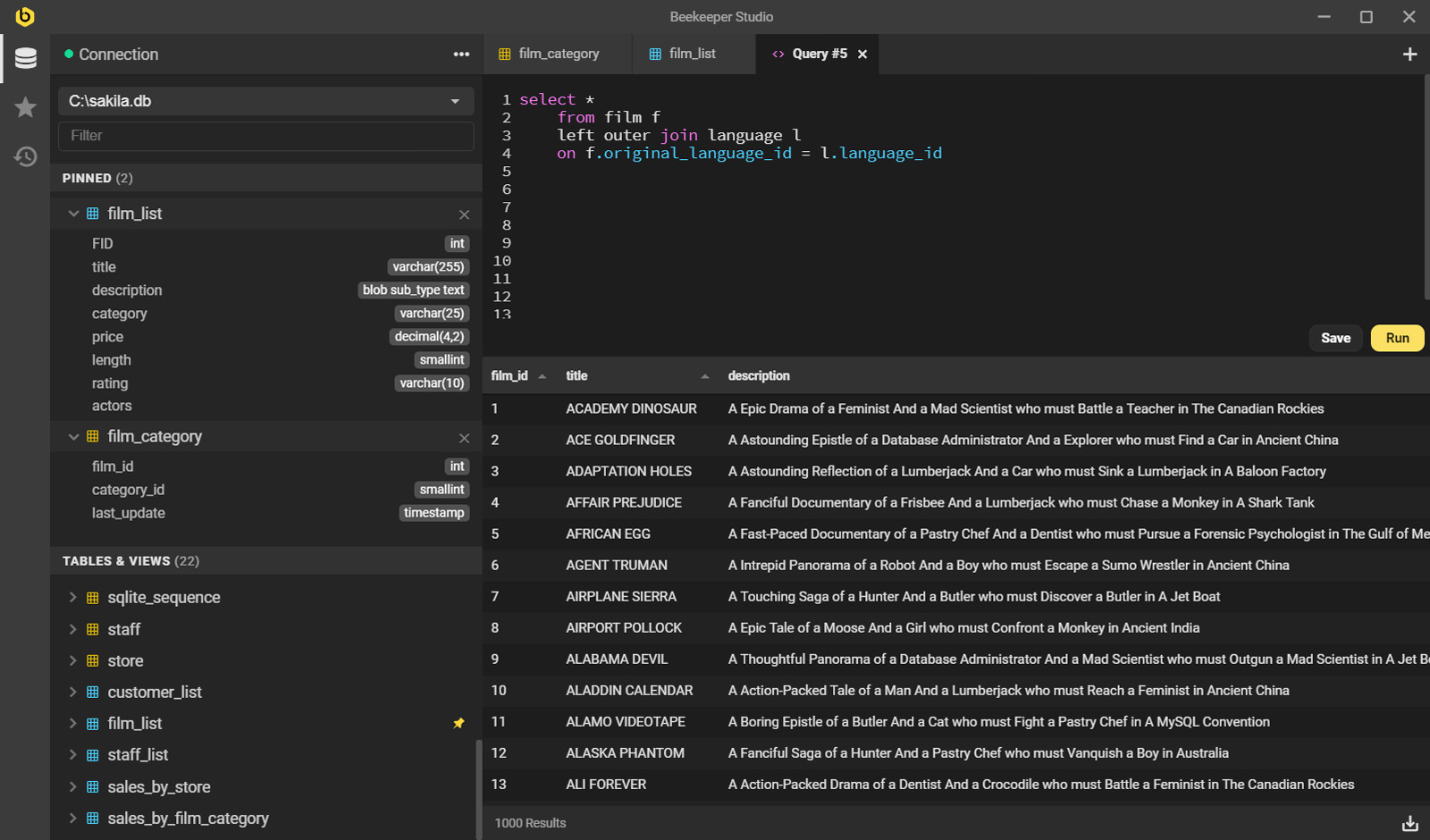

This can be handy when stopping and starting your container from the Terminal. This parameter allows you to name the container. You can omit this parameter to have the container run in its own Terminal window.Īnother optional parameter. This means that it runs in the background and doesn’t need its own Terminal window open. This optional parameter launches the Docker container in daemon mode. Here’s an explanation of the parameters: -d Also, if you downloaded a different Docker image, replace /mssql/server:2019-latest with the one you downloaded.

Run the following command to launch an instance of the Docker image you just downloaded: docker run -d -name sql_server_demo -e 'ACCEPT_EULA=Y' -e 'SA_PASSWORD=reallyStrongPwd123' -p 1433:1433 /mssql/server:2019-latestīut of course, use your own name and password. Then we’ll download and install SQL Server.īut first… if you’re using a Mac with the M1 chip, see How to Install SQL Server on an M1 Mac (ARM64). The way to do this is to run SQL Server on Docker. And because macOS is Unix based (and Linux is Unix based), you can run SQL Server for Linux on your Mac. Starting with SQL Server 2017, you can now install SQL Server directly on to a Linux machine. This is still a valid option depending on your requirements (here’s how to install SQL Server on a Mac with VirtualBox if you’d like to try that method). Prior to SQL Server 2017, if you wanted to run SQL Server on your Mac, you first had to create a virtual machine (using VirtualBox, Parallels Desktop, VMware Fusion, or Bootcamp), then install Windows onto that VM, then finally SQL Server. And the best part is, you’ll have SQL Server running locally without needing any virtualization software. Here I’ll show you how to get SQL Server up and running on your Mac in less than half an hour.


 0 kommentar(er)
0 kommentar(er)
